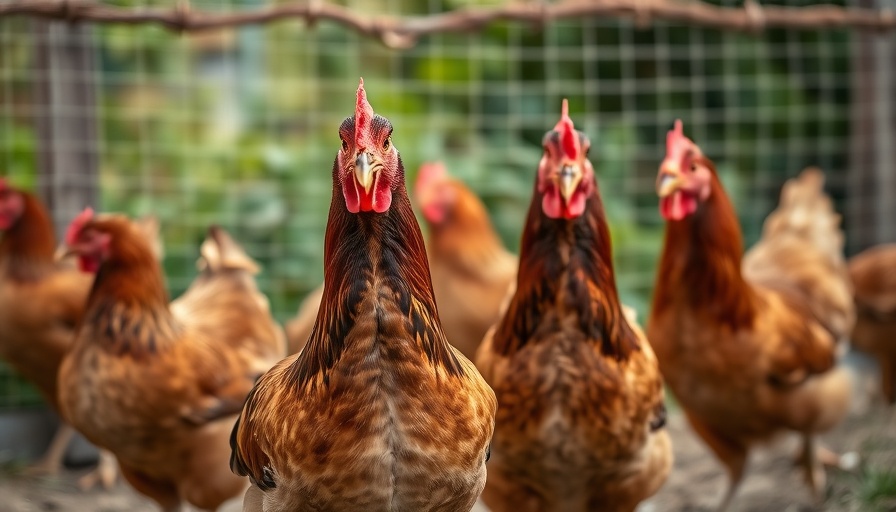
The Rising Cost of Eggs: What’s Causing Price Hikes?
With the price of eggs surging in recent months, many consumers are left wondering why they’re shelling out more for their breakfast staples. The primary culprit is the ongoing battle against avian influenza, commonly known as bird flu. This virus has wreaked havoc on poultry farms across the nation, leading to massive culling of infected flocks. As a result, the supply of eggs has significantly diminished, driving prices higher than ever.
Understanding Bird Flu and Its Impact on Production
Bird flu doesn’t just affect the health of birds; it drastically alters production dynamics in the poultry industry. Thousands of hens have been lost due to outbreaks, which means fewer eggs available for consumers—a situation exacerbated by increased demand. With the reduction of supply and the hike in prices, egg-lovers might find themselves questioning if their favorite protein source is worth the expense.
The Nutritional Power of Eggs
Despite the soaring prices, it’s crucial to remember the numerous health benefits eggs provide. Eggs are not only a fantastic source of high-quality protein but also packed with essential nutrients, including vitamins B12, D, and riboflavin. Additionally, they contain choline, which plays a vital role in brain health. As rising costs put pressure on budgets, focusing on the substantial nutritional value of eggs can help justify the investment.
Making Informed Choices While Shopping
When it comes to purchasing eggs, consumers should consider different options to maximize value. Buying in larger quantities or choosing store brands might help ease the financial burden. Exploring local farms or community-supported agriculture (CSA) programs may also provide fresher options with potentially lower prices, while also supporting local agriculture.
In Conclusion: Embrace the Benefits of Eggs
While the increased price tag on eggs can be daunting, understanding the factors behind the cost and recognizing their immense health benefits can help consumers make informed dietary choices. Eggs remain a versatile and nutritious food that, when included in a balanced diet, truly deliver on health returns.
 Add Row
Add Row  Add
Add 




Write A Comment